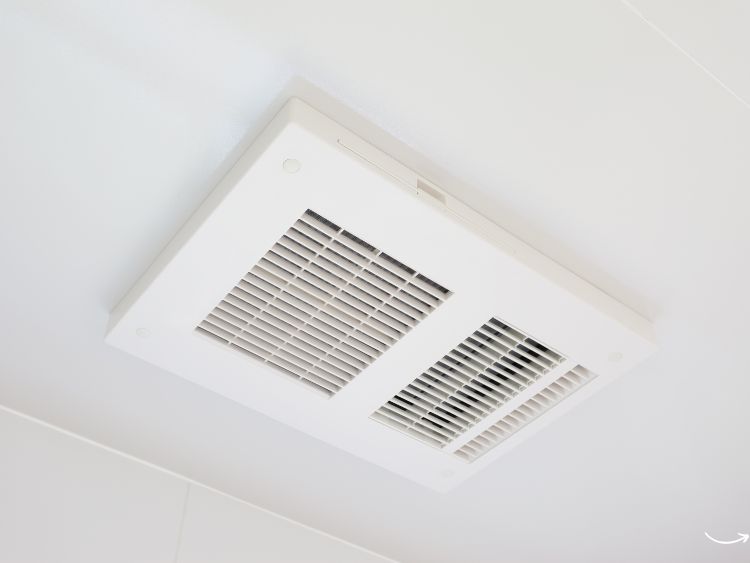Assist control ventilation (ACV) is a critical concept in the field of mechanical ventilation. It’s a lifesaving technique used in intensive care units (ICUs) and other medical settings to help patients breathe when they are unable to do so adequately on their own. In this guide, we’ll dive deep into what assist control ventilation is, how it works, its benefits, and its potential drawbacks. We’ll also cover practical aspects of its use, answer frequently asked questions, and provide a thorough understanding of this essential medical intervention.
What is Assist Control Ventilation?
Assist control ventilation, often abbreviated as ACV, is a mode of mechanical ventilation that provides full ventilatory support to patients. It’s designed to assist with every breath a patient takes, whether those breaths are initiated by the patient (assisted breaths) or by the ventilator (controlled breaths). The ventilator delivers a preset tidal volume or pressure with each breath, ensuring the patient receives a consistent amount of air.
Key Features of Assist Control Ventilation
- Consistent Tidal Volume: Each breath delivers a fixed amount of air.
- Dual Triggering: The ventilator can initiate breaths if the patient fails to do so.
- Pressure or Volume Control: The mode can be set to control either pressure or volume.
How Does Assist Control Ventilation Work?
In assist control ventilation, the ventilator is set to deliver breaths at a predetermined rate and volume. If the patient initiates a breath, the ventilator assists by delivering the preset tidal volume. If the patient does not initiate a breath within a set time, the ventilator automatically delivers a controlled breath.
Mechanism of Action
- Patient Effort: When the patient tries to inhale, the ventilator senses this effort.
- Assisted Breath: The ventilator assists by delivering the preset tidal volume.
- Controlled Breath: If no effort is detected, the ventilator provides a breath at the set rate.
- Cycle: This cycle continues, ensuring the patient receives adequate ventilation.
Benefits of Assist Control Ventilation
Assist control ventilation offers several advantages, especially for critically ill patients:
- Ensures Adequate Ventilation: Guarantees a consistent and adequate amount of air with each breath.
- Reduces Work of Breathing: The ventilator assists with each breath, reducing the patient’s respiratory effort.
- Flexibility: Suitable for patients who can breathe spontaneously and those who cannot.
- Stabilizes Blood Gases: Helps maintain stable levels of oxygen and carbon dioxide in the blood.
Potential Drawbacks of Assist Control Ventilation
While ACV is highly effective, it is not without potential drawbacks:
- Risk of Hyperventilation: If the patient’s spontaneous breathing rate is high, this can lead to over-ventilation.
- Dependence on Ventilator: Prolonged use can make it challenging to wean patients off the ventilator.
- Barotrauma: High pressures can damage lung tissue.
- Patient-Ventilator Asynchrony: Mismatch between the patient’s efforts and the ventilator’s delivery can occur.
Practical Use of Assist Control Ventilation
Setting Up the Ventilator
Setting up the ventilator for ACV involves several steps:
- Determine Tidal Volume: Calculate based on the patient’s ideal body weight.
- Set Respiratory Rate: Typically between 12-20 breaths per minute.
- Adjust FiO2: Fraction of inspired oxygen, usually set to ensure adequate oxygenation.
- Set PEEP: Positive end-expiratory pressure to keep alveoli open.
Monitoring and Adjustments
Regular monitoring is crucial:
- Blood Gas Analysis: Check oxygen and carbon dioxide levels.
- Patient Comfort: Ensure the patient is comfortable and not experiencing distress.
- Adjust Settings: Modify settings based on patient response and blood gas results.
FAQs About Assist Control Ventilation
What is the primary use of assist control ventilation?
ACV is primarily used in ICUs for patients who are critically ill and need full ventilatory support. It’s suitable for patients who can initiate breaths as well as those who cannot.
How does assist control ventilation differ from other modes?
Unlike other modes like SIMV (Synchronized Intermittent Mandatory Ventilation) or CPAP (Continuous Positive Airway Pressure), ACV provides a set tidal volume with every breath, whether spontaneous or controlled.
Can assist control ventilation be used for long-term support?
While ACV is excellent for short-term support, long-term use can lead to complications like ventilator dependence and muscle atrophy. It’s crucial to plan for weaning the patient off the ventilator as soon as possible.
What are the signs of patient-ventilator asynchrony?
Signs include patient distress, visible struggle to breathe, abnormal breathing patterns, and fluctuations in blood gas levels. Adjusting ventilator settings or sedation levels can help mitigate this issue.
How is the tidal volume determined in ACV?
Tidal volume is typically set based on the patient’s ideal body weight, usually between 6-8 ml/kg. This setting ensures adequate ventilation without causing lung injury.
Summary
Assist control ventilation is a vital tool in modern critical care, providing essential respiratory support to patients who need it most. By understanding how ACV works, its benefits, and potential drawbacks, healthcare providers can optimize its use to improve patient outcomes. Regular monitoring and adjustments are key to ensuring effective and safe ventilation. As with any medical intervention, a thorough understanding and careful application are paramount to success.
In summary, assist control ventilation plays a crucial role in supporting patients with compromised respiratory function, ensuring they receive consistent and adequate ventilation. Through meticulous management and monitoring, it remains a cornerstone of critical care medicine.
